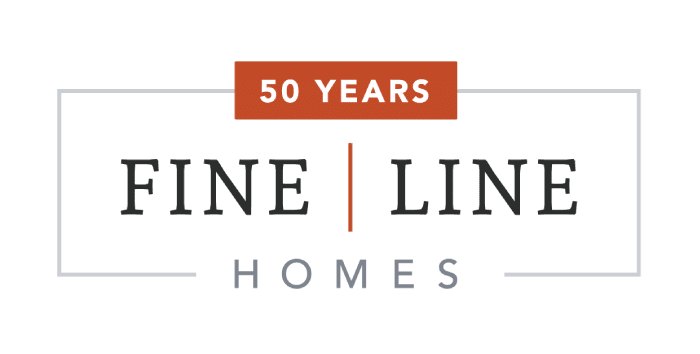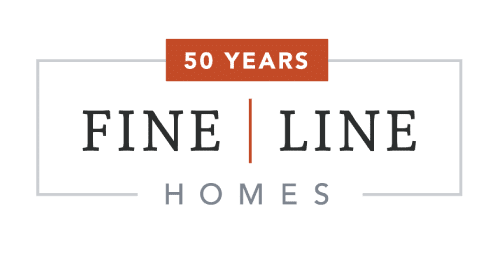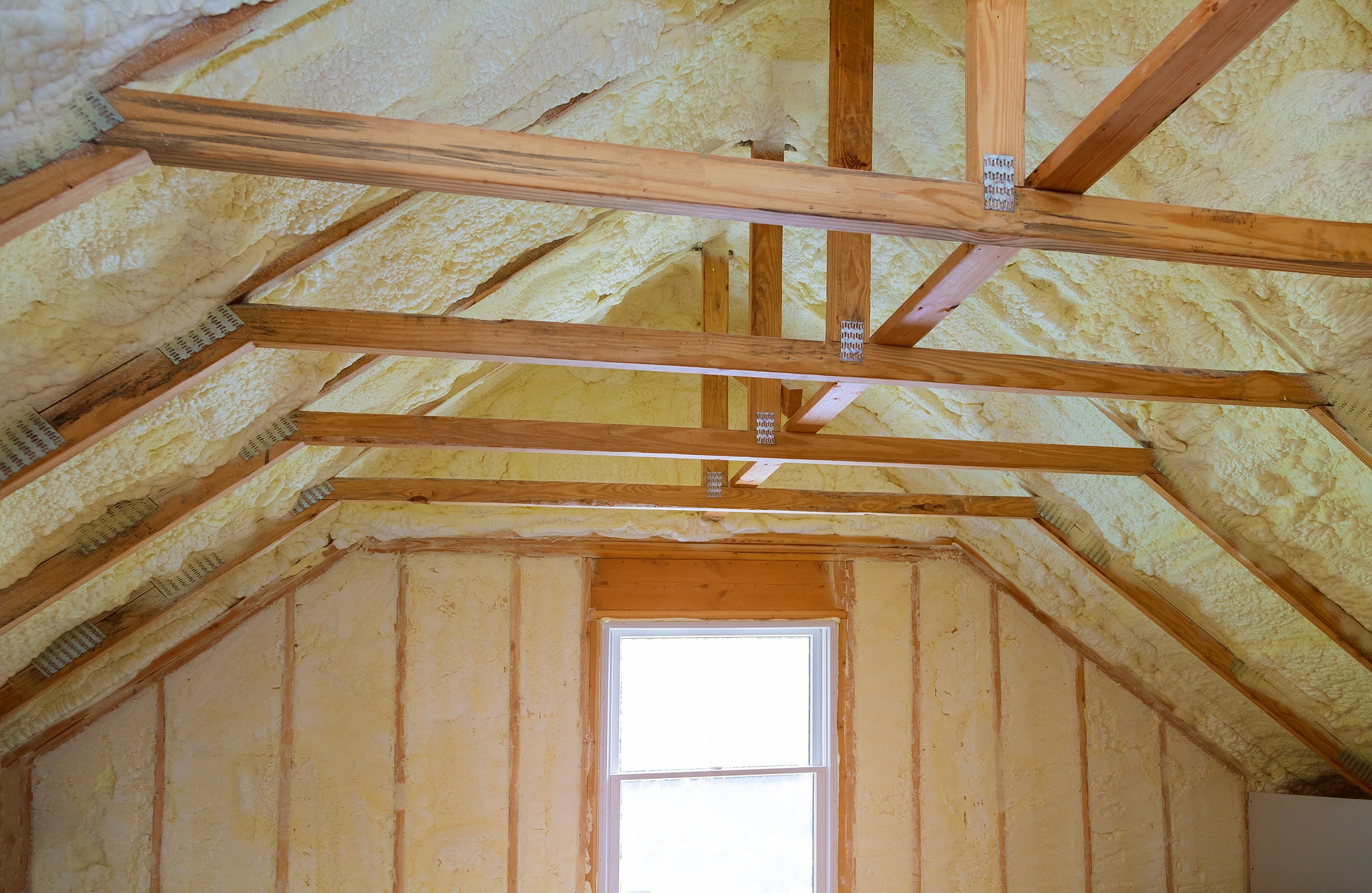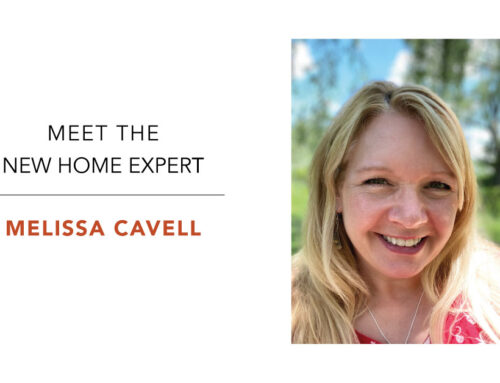What is the best type of insulation for a new home?
Building a new home comes with a multitude of choices. Some decisions are fun. In particular, selecting your home’s floorplan and customizing it to suit your family’s lifestyle and needs is exciting.
In reality, other choices, like the type of insulation you should use, are more practical. And while practical things aren’t necessarily thrilling, the behind-the-scenes aspects will significantly impact the enjoyment of your new home.
Therefore, it’s important to research your insulation options. But you’re not alone in this journey. Reliable custom home builders are trained to help you make wise decisions. In this article, we assist you with the insulation question by giving insights from our 45 years of custom home building experience.
First, here’s some general information about insulation.
How Does Insulation Work?
Most places undergo temperature changes. We heat and cool our homes to stay comfortable. Heat moves from warm to cold. Insulation slows the heat flow into or out of your house.
To illustrate, think of home insulation like a puffy parka. An insulated jacket contains down or polyester. Air gets trapped in the small spaces between the down or polyester fill and keeps you toasty warm in cold weather.
A home’s insulation works in the same way only insulation is typically made of strands of fiberglass. In winter, insulation prevents a home’s heat from escaping to the colder outside. Therefore, the house stays warmer.
Conversely, in summer the opposite happens. Your air-conditioned home attracts hot outside air. However, if you have proper insulation, the heat can’t come through the walls and attic easily, and the house stays comfortably cool.
Insulation’s resistance to heat flow is called R-value.
What is R-Value?
R-value measures how well an insulating material stops the movement of heat. The higher the R-value, the more resistance to heat flow. For example, fiberglass insulation rated R-23 provides more insulating power than fiberglass insulation rated R-19.
In short, an insulation’s R-value depends on the type of insulation, its thickness, and its density.
Benefits of Insulation
1. Saves You Money
Properly insulating your new home not only keeps you comfortable year-round, but it also lowers your heating and cooling costs.
2. Minimizes Your Carbon Footprint
Using less energy when heating or cooling your home helps save the planet.
3. Reduces Sound
Insulation is excellent for controlling noise. It helps block outside noise keeping the house quieter. And at the same time, it keeps noise inside the house from traveling from room to room.
Types of Insulation
Now that you know what insulation is and some of its benefits, let’s compare three of the most common types: regular blanket, cellulose, and blow-in fiberglass.
What is Regular Blanket Insulation?
Regular blanket insulation comes in the form of batts or rolls. It consists of flexible fibers, most commonly fiberglass (or fiber glass).
Advantages
- No special equipment is necessary for installation
- Available in widths suited to standard stud and joist spacing
- Relatively inexpensive
Disadvantages
- Requires easy access to the area
- Often difficult to fit into non-standard, irregularly shaped, or hard-to-reach places
- Leaves gaps around building components, like electrical boxes, causing costly air leaks
- If compressed, loses its R-value
What is Cellulose Insulation?
Generally speaking, cellulose insulation is made from recycled paper products like newspaper and cardboard. Manufacturers treat the shredded fibers with chemicals, such as boric acid and ammonium sulfate, for fire and pest resistance.
In new home construction, installers blow cellulose insulation as loose-fill in an open attic and dense pack (dry or damp sprayed) in building cavities such as walls.
Advantages
- Relatively inexpensive and green because made from 82% to 85% recycled material¹
- Packs tightly into building cavities restricting airflow
Disadvantages
- Installation requires specialized equipment and training
- Flammability test proves improperly installed cellulose insulation is a serious fire hazard
What is Blow-In Fiberglass Insulation?
Blow-in fiberglass insulation is a loose-fill insulation. It’s made from molten glass that’s spun or blown into fibers and has a 20% to 30% recycled glass content.¹
Installers use loose-fill insulation in either open blow installations (such as attics) or closed cavity applications (such as inside walls). Blow-in insulation completely fills around pipes, wires, and other objects inside the wall cavity, eliminating costly voids and air gaps.
With most products workers secure a dust-free mesh fabric to the home’s framework. Then, they insert a hose into the mesh and inject fibers behind the mesh until the entire area is filled.
According to the U.S. Department of Energy’s Energy Saver website:
One variation of fiberglass loose-fill insulation is the Blow-In-Blanket System® (BIBS). BIBS is blown in dry, and tests have shown that walls insulated with a BIBS system are significantly better filled than those insulated using other forms of fiberglass insulation such as batts.
Advantages
- Fast, professional installation
- Reduces air infiltration more than traditional batt-type insulation, increasing comfort
- Gives higher R-values saving you energy and money
- Won’t settle or separate and retains its original R-value
- Non-flammable
- Does not absorb moisture, therefore, will not support mold growth
- Superior sound control
Disadvantages
- Must use an insulation blowing machine
- Higher up-front cost than traditional insulation
In Conclusion
Ultimately, regardless of the type of insulation you use, a home riddled with air leaks will have a diminished thermal performance. All things considered, that’s why you will get the highest energy efficiency, comfort, and peace of mind when you choose Tyvek Home Wrap and blow-in fiberglass insulation for your new home.
Fine Line Homes uses the Blow-In Blanket® System or the BIBS® system insulation to create a very energy efficient home. For example, with a 2×6 exterior wall, using the BIBS® system will give you up to R-23 insulation with absolutely no gaps or drafts. Now that’s insulation you can truly feel good about.
To learn more about the features and products included in our custom built homes, we invite you to stop in and visit any of our five Design Centers located in Lewisburg, Hazleton, Sayre, State College, and Harrisburg.











